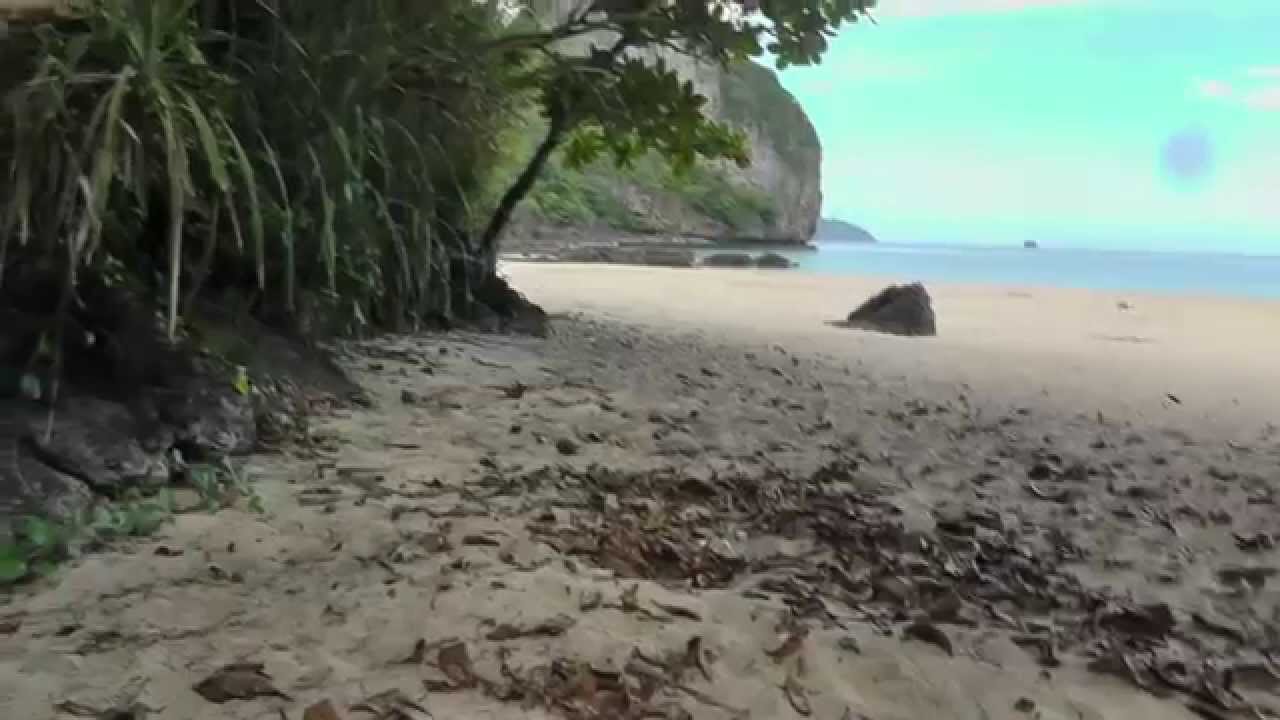Preparation Could Mean Survival, by D.S.A.
Some people say you can’t prepare for every situation. I say, you can because every situation has one common element that can and will hurt you outside of the event itself: other people. Lets face it, if you die in a storm, a nuclear/biological/chemical event, or terror attack, then you are dead. There is nothing from stopping God’s will. You don’t prepare for those events, you prepare for surviving those events. There are many events, (and not far-fetched crazy extreme events) which people should be prepared to deal with to protect themselves and their families when it’s over and you …

